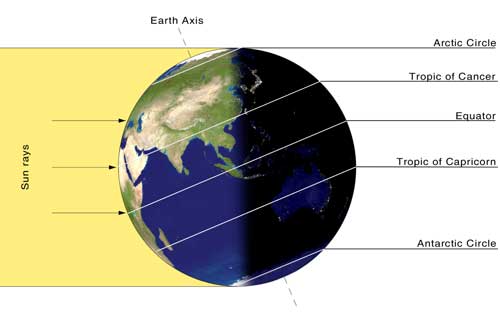Today is a great day for solar customers, and sun lovers. Summer Solstice is the longest day of the year with over 14 hours of sunlight on the Central Coast! In case you have a hard time sleeping when it’s still light out later tonight, here are 10 Summer Solstice facts to help put you to sleep:
- The summer and winter solstices occur when the sun reaches its highest and lowest apparent positions in the sky. The word “solstice” is from the Latin words for “sun” and “standing still”.
- Everywhere above the Arctic Circle has 24 hours of sunlight on the day of the summer solstice.
- The summer solstice is usually on June 20 or 21 but on rare occasions falls on June 22.
- Astronomers see the summer solstice as the true start of summer. Meteorologists prefer June 1.
- Because the time between one sunrise and the times are not the same as sundial times and the summer solstice is not the day of earliest sunrise.
- Despite the warm weather, the Earth is actually furthest from the sun near our summer solstice.
- Technically, the June solstice is the moment when the sun is directly above the Tropic of Cancer. This happened at 05:24 this morning.
- On the day of the summer solstice 1633, Galileo was forced to deny that the Earth orbits the sun.
- Shakespeare’s A Midsummer Night’s Dream only uses the word “midsummer” in its title.
- In Alaska they celebrate the summer solstice with a midnight game of baseball.




